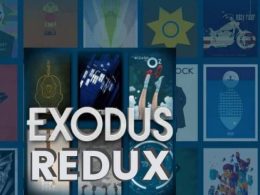Table of Contents Show
In the constantly evolving world of television and video streaming services, it’s important to understand the differences between MVPD, vMVPD, and SVOD. Although these terms may sound similar, they represent distinct ways of accessing and consuming TV content. In this comprehensive guide, we will explain what MVPD, vMVPD, and SVOD mean, how they work, their advantages and disadvantages, and which one is the best fit for your viewing preferences. Whether you are an experienced TV enthusiast or new to the world of streaming, this guide will help you navigate the complexities of modern television services.
What Is MVPD And How Does It Work?
MVPD stands for Multichannel Video Programming Distributor. It’s basically a service that gives you access to lots of TV channels. You might have heard of big companies like Comcast, Spectrum, or DirecTV – they’re all MVPDs.
So, how does it work? Well, imagine it like a buffet of TV channels. You pay a monthly fee to the MVPD, and in return, you get access to a bunch of different channels. Some MVPDs also let you watch shows whenever you want with video-on-demand.
But lately, things have been changing. People are starting to watch TV in different ways, like online streaming. That’s where VMVPDs come in. These are like the online versions of MVPDs. They let you watch lots of channels over the internet without needing a cable or satellite dish.
Examples of VMVPDs include Sling TV, YouTube TV, and Hulu Live. They offer live TV and on-demand shows through the internet. People who mainly watch TV this way are often called “cord cutters” because they’ve cut ties with traditional cable or satellite services.
So, whether you’re flipping through channels on your TV or streaming shows online, MVPDs and VMVPDs make sure you have plenty of options to choose from!












